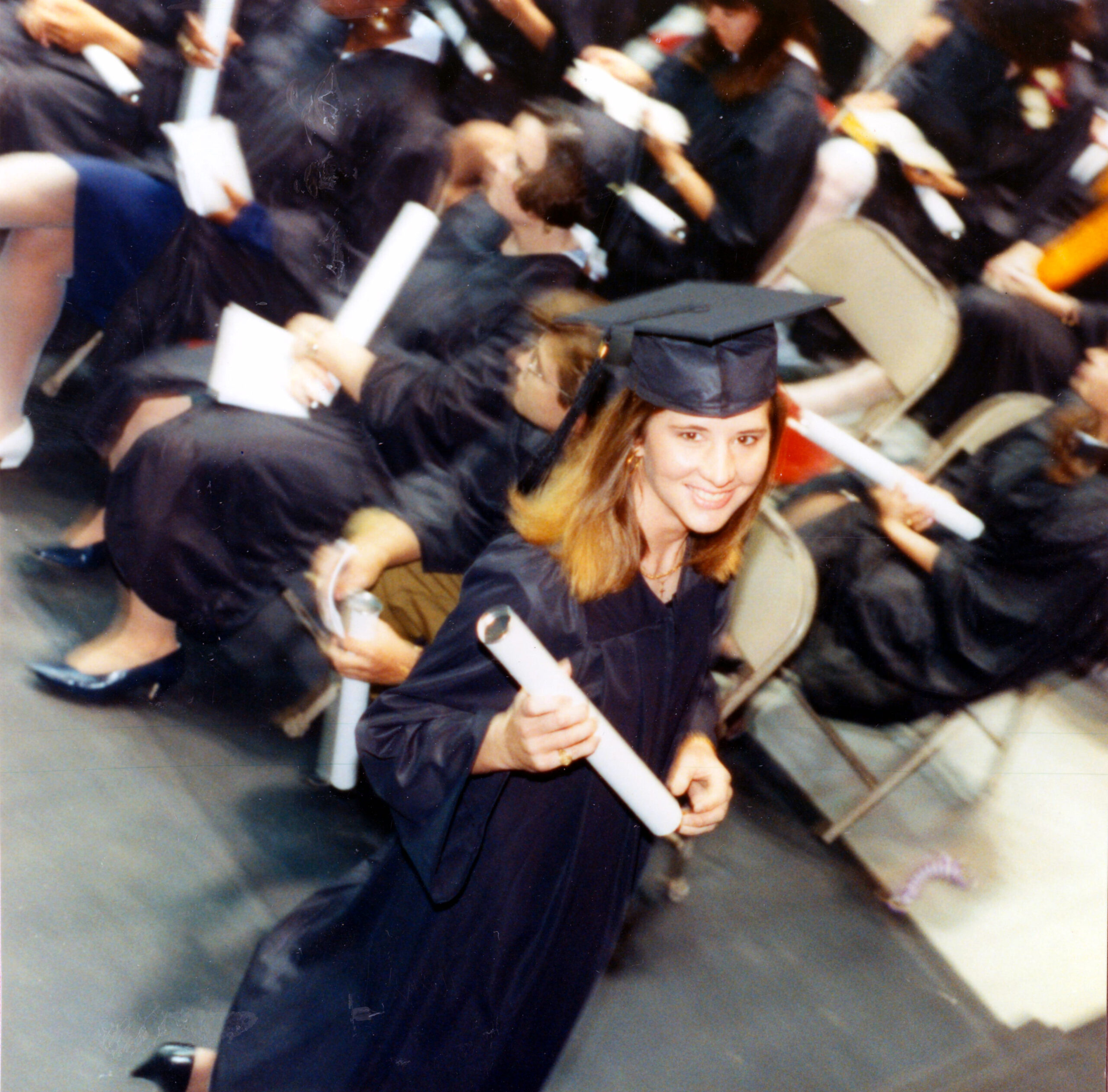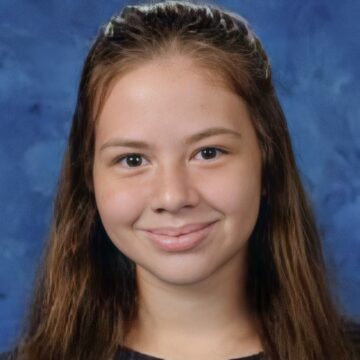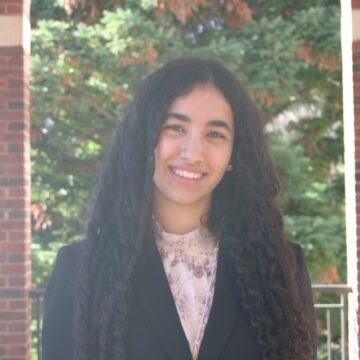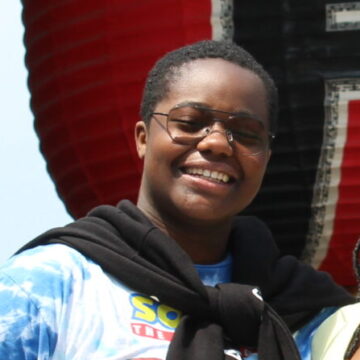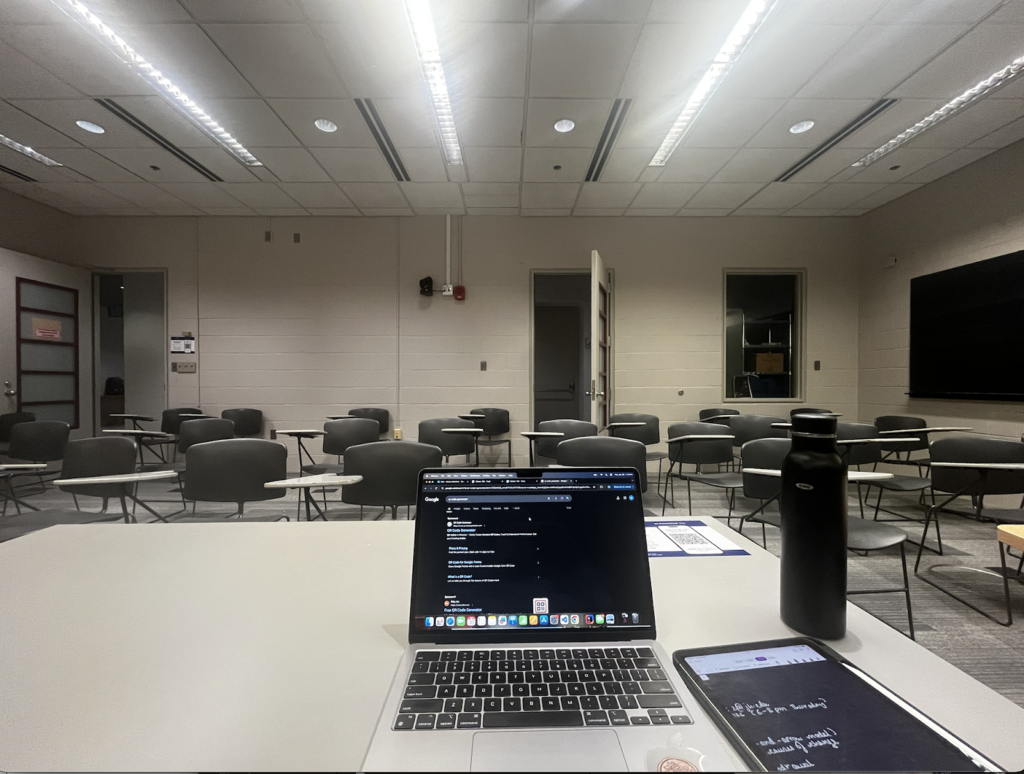
After my first semester at Hopkins, I applied to be a course assistant (CA), not expecting to be selected. Indeed, when the first week of the semester passed without hearing back, I was sure I wasn’t. One day, I unassumingly opened my inbox and saw the word ‘Congratulations!’ I was elated and felt well prepared for the role. I thought I knew exactly what to expect; after all, calculus doesn’t change, and I had tutored other students before. However, standing in front of the chalkboard was a whole new experience, one that was even more rewarding than I expected.
I remember one of my first times hosting office hours at the Learning Den (a tutoring program at Hopkins). A student came with a homework assignment query I too was unfamiliar with. We started working through the solution, and in a couple of minutes, a few more students came with the same question. Although the question was new to me as well, I viewed it as an opportunity to exercise my problem-solving muscles. Suddenly, I remembered a calculation technique one of my CAs (from when I took the course) had taught me. That was it! Using that trick, we solved the question.
That first day of hosting office hours reinforced my belief that active problem solving is the best way to understand concepts for students and even CAs! Slowly, hosting office hours became one of my favorite parts of the week. It was a chance to tackle different questions and talk to a lot of people about math. It was like a small community forming around those problem-solving sessions, with students coming in to discuss questions even if it was raining or snowing.

I’ve found that the Feynman Technique, which is a method that says you understand better by teaching to someone else, really does work. While leading the weekly section, I try to explain every concept in at least two different ways. As a CA, I’ve made practice questions, notes for the section, and evaluated dozens of projects. These are not things we usually do as students, but I have found they solidified my knowledge of the concepts—something that has helped me in many other math classes. Through discussions with other teaching team members and graduate students, I’ve learned a lot about not only math, but also about communication. Everyone grasps concepts differently, so I try my best to use a good mix of visuals, algebra, and real-world analogies and examples.
When I sometimes run into students who attended my section or office hours, I feel happy I could be part of someone else’s academic journey. Hopefully, I have been able to communicate the beauty of math to at least one other person. Being a CA has shaped the way I see mathematics, community, and myself. I can’t wait to keep learning, both as a student and as a teacher.
